

DIFFICULTY: DIFFICULT
RECOMMENDED HAIR LENGTH: CHIN-LENGTH OR SHORTER ONLY
The term “crape hair” comes from crape fabric, a textile made from yarn that has been twisted onto itself resulting in a kinky texture. [13] Crape-ing completely changes the texture of the hair, making it easy to achieve the voluminous hairstyles so popular in the early 1780s. This long-lasting frizz allowed the hair to be reset only periodically to keep the curl looking fresh and the scalp healthy. David Ritchie explains,
“[…] it may be dressed so firm as to stay in dress for some months; but all hair dress’d should be new pinned up once a week at least, to prevent a disagreeable dandriffe from contracting at the roots, occasioned by the want of air; but while it stays in dress it ought to have a little pomatum and powder every day, to give it a new gloss.”[14]
James Stewart’s Plocacosmo: or the Whole Art of Hair Dressing &c. from 1782 has been invaluable in cracking this unique eighteenth-century technique. [15]
You may also try this technique on your toupee hairpiece and never have to deal with it again, shortening your styling time significantly the morning of your event.
• Common Pomatum or Mareschal Pomatum
• Large powder brush
• Rattail comb
• Alligator hair clips
• Flat iron
• Teasing comb and pick
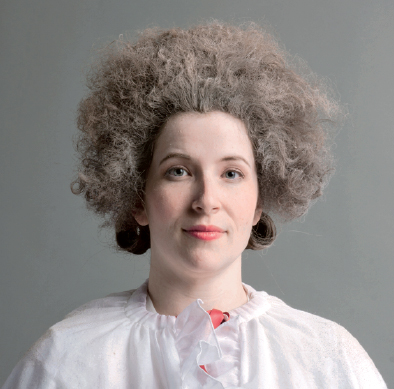
1. Pomade and powder your hair as seen here.
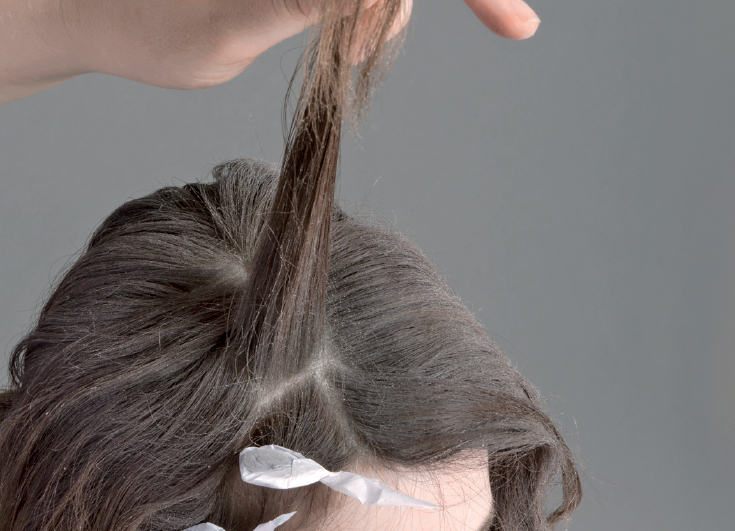
2. Part the hair so it will be easy to work with. Most styles will call for the hair behind the ears forward. Work in ½- to 1-inch (1.2- to 2.5-cm) sections of hair, rubbing some common pomatum into the section you’re working on.
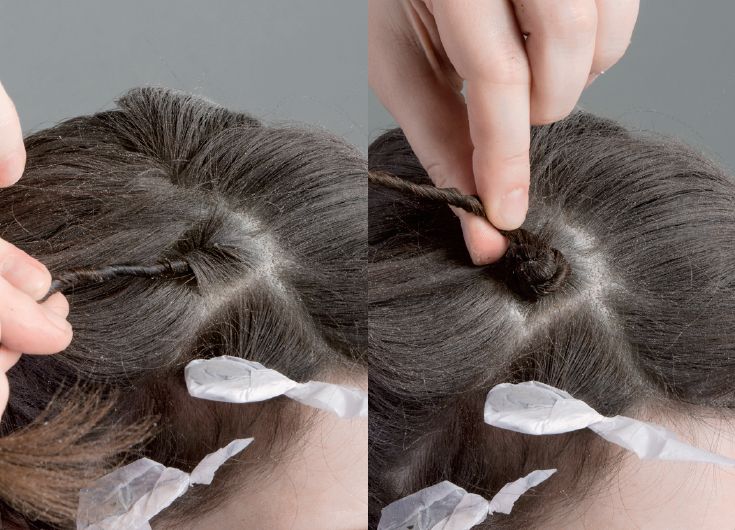
3. Begin twisting the hair around itself until it wants to coil on top of itself. You will be twisting the hair incredibly tight when you do this. Work the twisted hair into a little twisted nub on the head. Be careful while doing this that you don’t create a massive knot of hair.
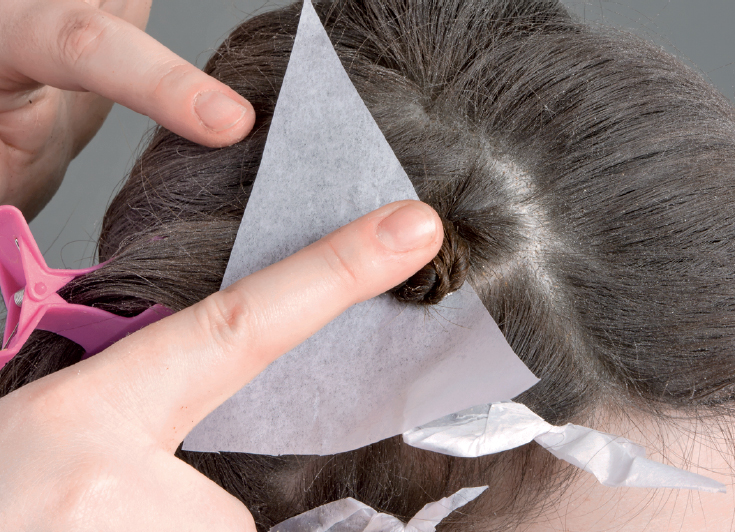

4. Wrap the nub of hair into the tissue paper according to the diagram here so it’s all held together.

5. Apply the flat iron to the hair (on the hottest setting) for 20 to 45 seconds.
6. Continue steps 1 through 4 until all of the hair you’re working with is crape’d. Then revisit all papers with the flat iron one more time.
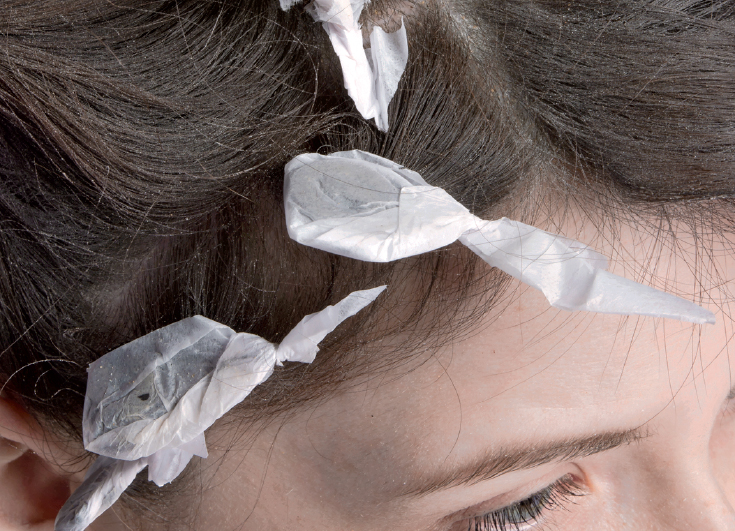
7. Allow the hair to cool in the papers, and gird your loins for the next steps.

8. Working one paper at a time, remove the paper from the crape’d curl, and find the end of the hair. Carefully untwist the hair from its nub and continue to untwist it while holding on to the end of the hair. If you let go of the hair too soon it can twist and knot onto itself and obviously no one we know wants a Meg March [16] level bald spot. Also, our imaginary lawyers require us to remind you that any damaged hair from a bad crape is not the responsibility of the authors.
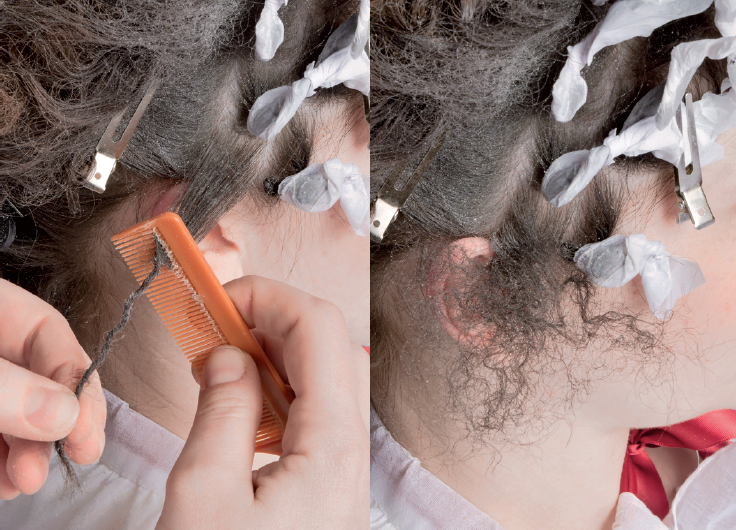
9. When you’ve untwisted the hair enough that a comb can be pulled through, go ahead and comb that crape’d piece out to see what it does (it goes POOF!). Repeat these steps for each papered section.
10. Now it’s time to tease and comb the crape’d hair. If you have short hair, you might not need to tease at all, but if your hair is below the ears, you’re going to have to tease the hair enough to make it sculpt-y and even.
11. This is the basic how-to of crape-ing hair. The final hairstyle will involve different techniques, but this section has, hopefully, explained the basics of this method.